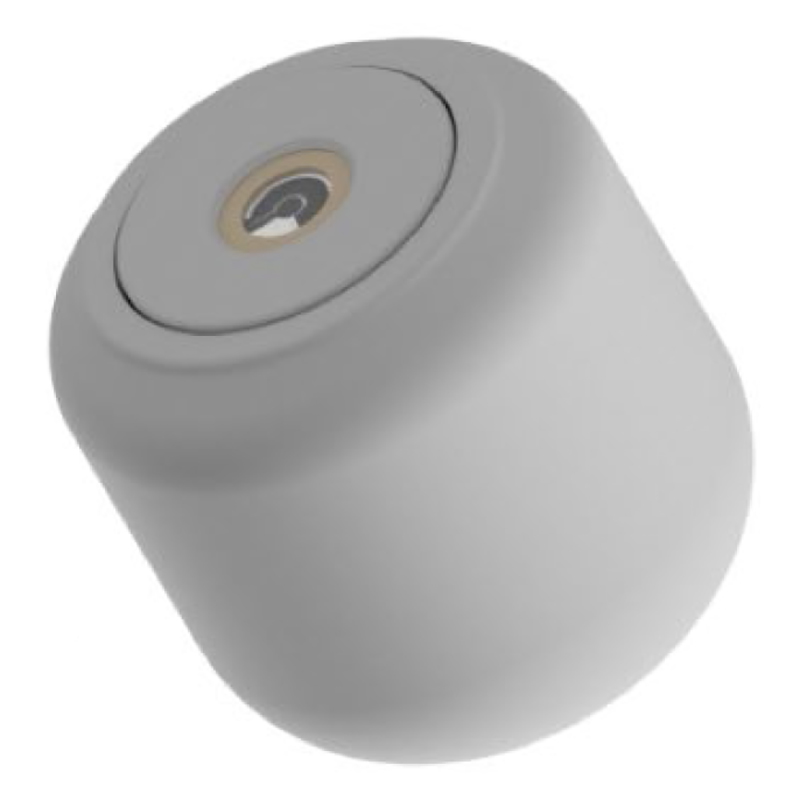News Story
‘Smart Marbles’ hold promise for better outcomes from bioreactors

“Quantifying Process Heterogeneity—‘Smart Marbles’ Analytical Technologies,” a University of Maryland poster describing a prototype proof of concept microsystems device for bioreactors, recently won a third place prize at an important industry consortium meeting.
The work by graduate student Justin Stine (ECE); Luke Beardslee, M.D., Ph.D.; graduate students Chen-Yu Chen and Wu Shang (BIOE/Robert E. Fischell Institute for Biomedical Devices), Professor Reza Ghodssi (ECE/ISR), and Professor William Bentley (BIOE/Fischell Institute) was judged by 17 major biopharmaceutical companies at the June 2018 Advanced Mammalian Biomanufacturing Innovation Center (AMBIC) meeting at Boehringer Ingelheim (BI) in Fremont, Calif. The research is funded by the National Science Foundation and AMBIC.
The new invention is called a bPod (for bioreactor pod); its nickname is “smart marble.” The bPods are neutrally buoyant sterilizable microsystem sensor devices that could work within a bioreactor as its process is underway.
Bioreactors are vessels—typically cylindrical and made of stainless steel— in which a chemical process is carried out involving organisms or biochemically active substances derived from such organisms. They come in a variety of sizes and are used for fermentation, as in the beer industry, or to grow cells or cultures for tissue or biochemical engineering.
Inside a bioreactor, dissolved oxygen, pH levels and temperature dramatically impact the quality and yields of products. The goal is to provide an optimal and constant environment so the products produced do not have varying patterns of oxidation, deamidation, glycosylation, charge, and so on. Such variations can influence efficacy and disqualify product lots.
Currently, measurements are obtained from drawn samples that represent the reactor’s “average” concentration. Having multiple reporting probes inside the reactor could help companies improve their ability to more consistently produce uniform, viable batches. The need is especially great for sensing the vitally important level of dissolved oxygen.
Maryland’s smart marbles are being designed with microsystems that can “eavesdrop on biology,” performing online dissolved oxygen sensing from inside the bioreactor, then wirelessly transmitting the data to an external user.
The prototype is an important early step in smart marble development. It is the size of a baseball; smaller versions will be built as the research moves forward and the electronic components are miniaturized. The marbles also will be evaluated in use with a bioreactor’s impeller blade; a biocompatible 3D-printing packaging method that can incorporate soft materials for shock absorption will be explored; the electrode chamber containing the electrolyte will be modified real-time wireless calibration capabilities will be developed.
“‘Smart Marbles’ are yet another very exciting example of how an integrated micro and nano system network could harness and provide accurate, in situ real time data in environments and pathways that were not previously possible,” says Dr. Ghodssi.
Placing so well at the meeting “is very significant,” Dr. Bentley reports. “When they summarized our poster, talk, and our project, the BI representative told the entire group that our work is a potential game-changer.”
Published July 21, 2018








